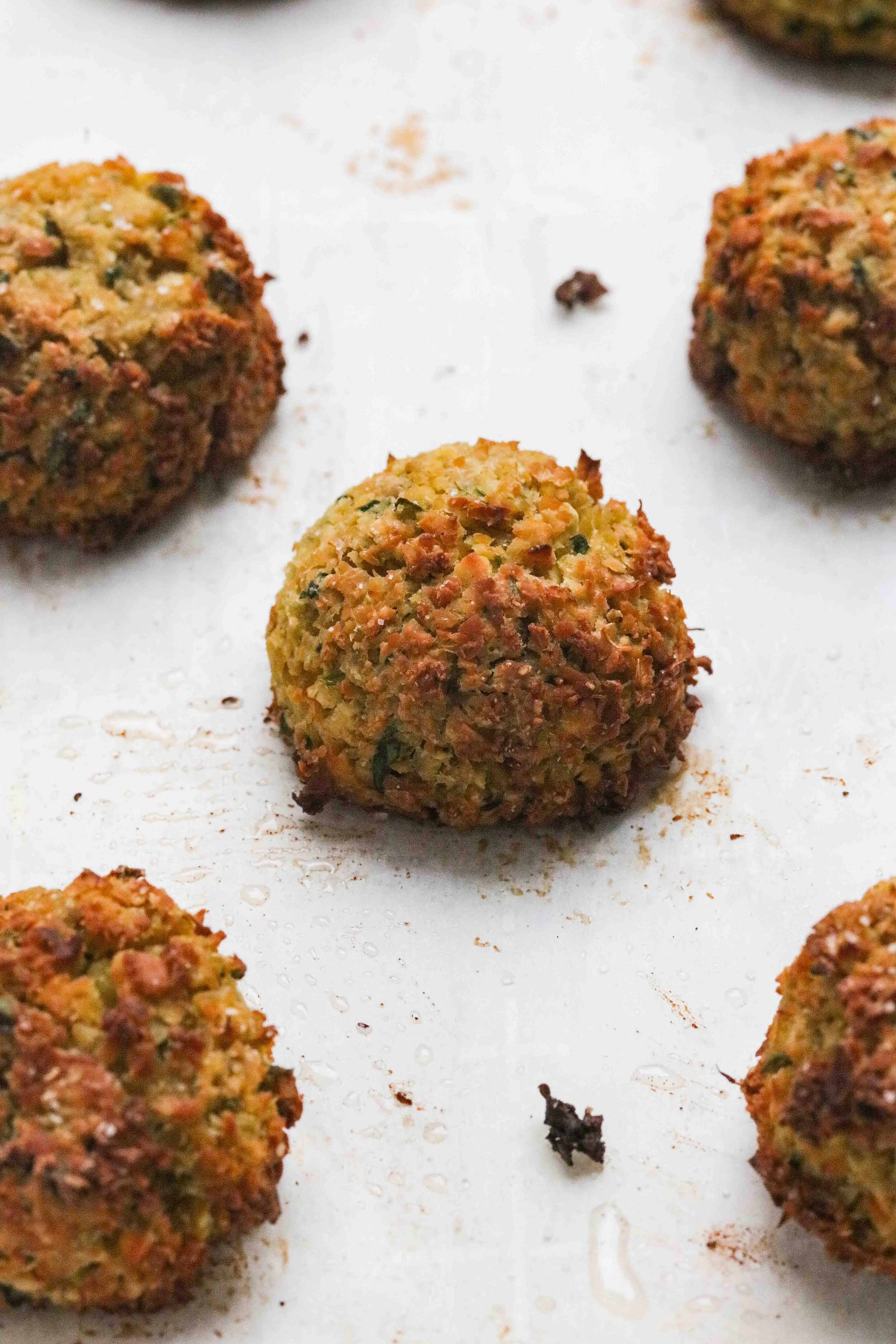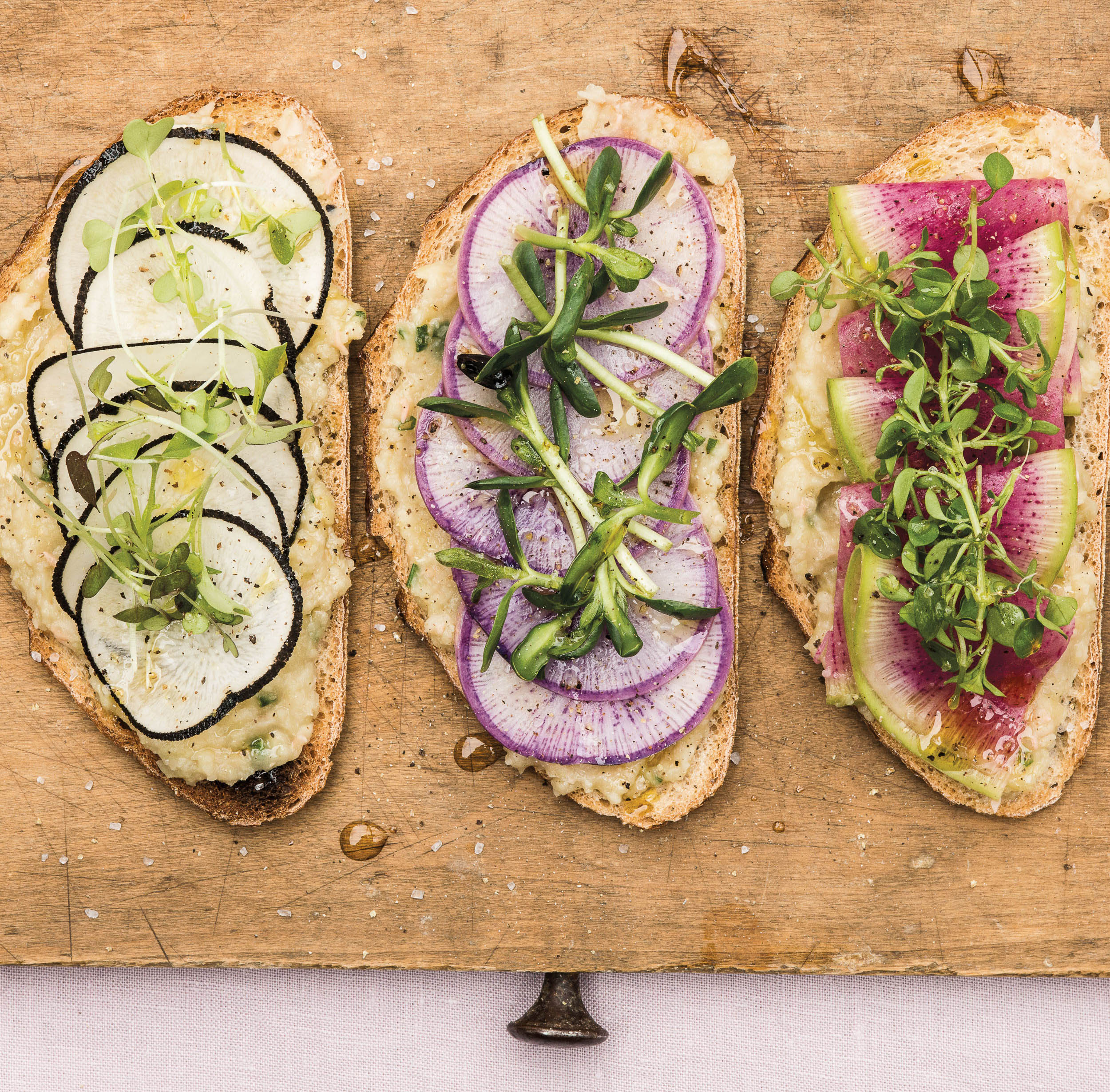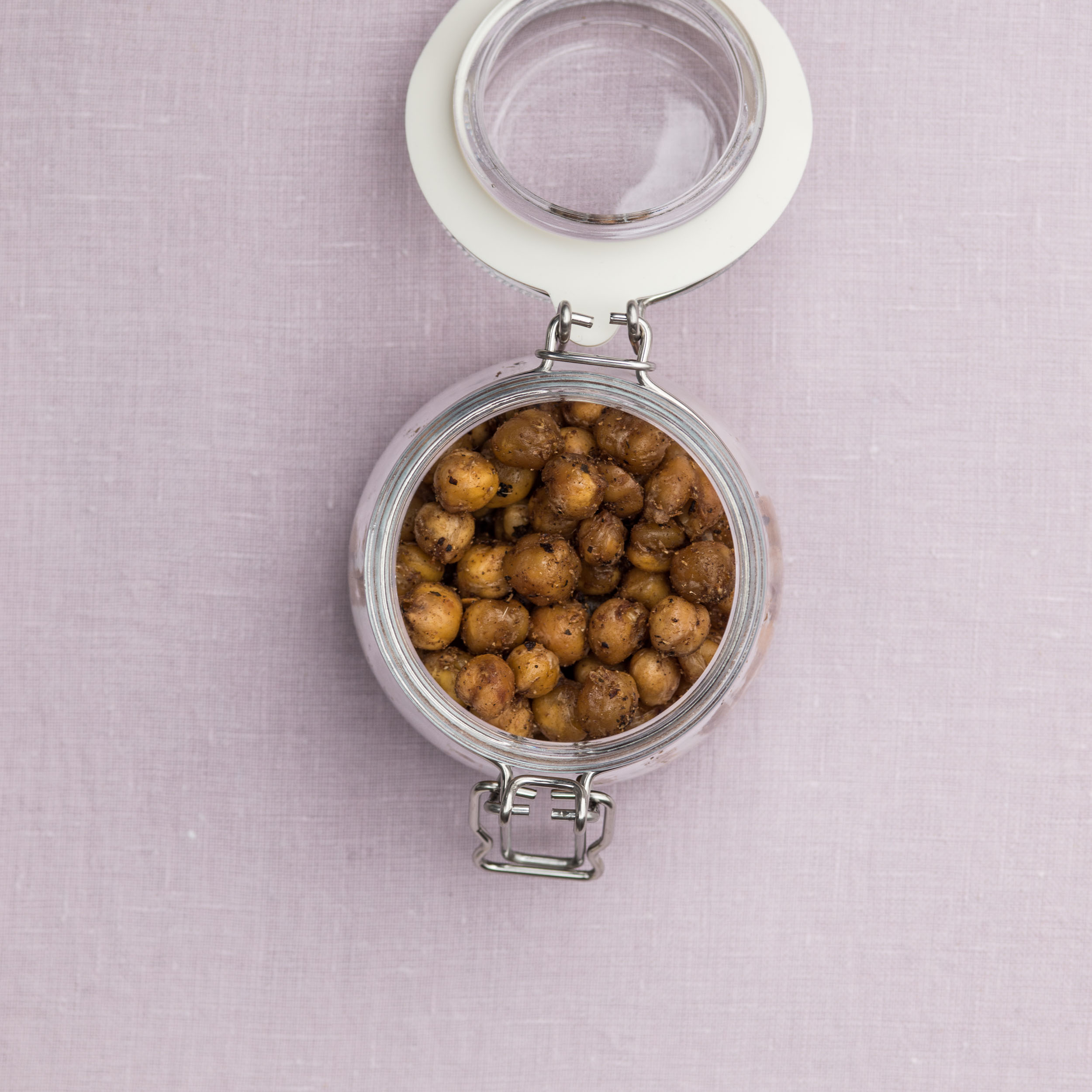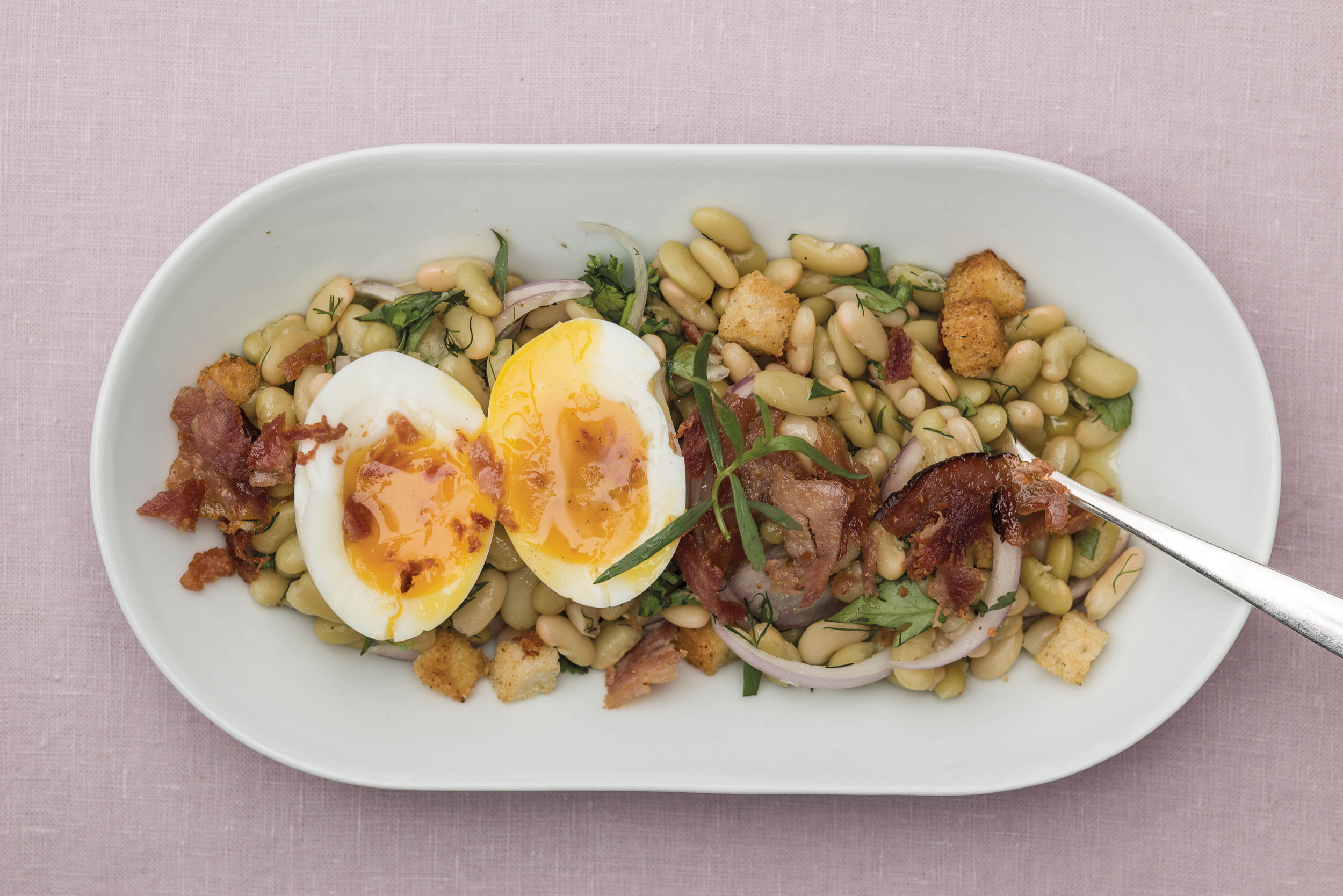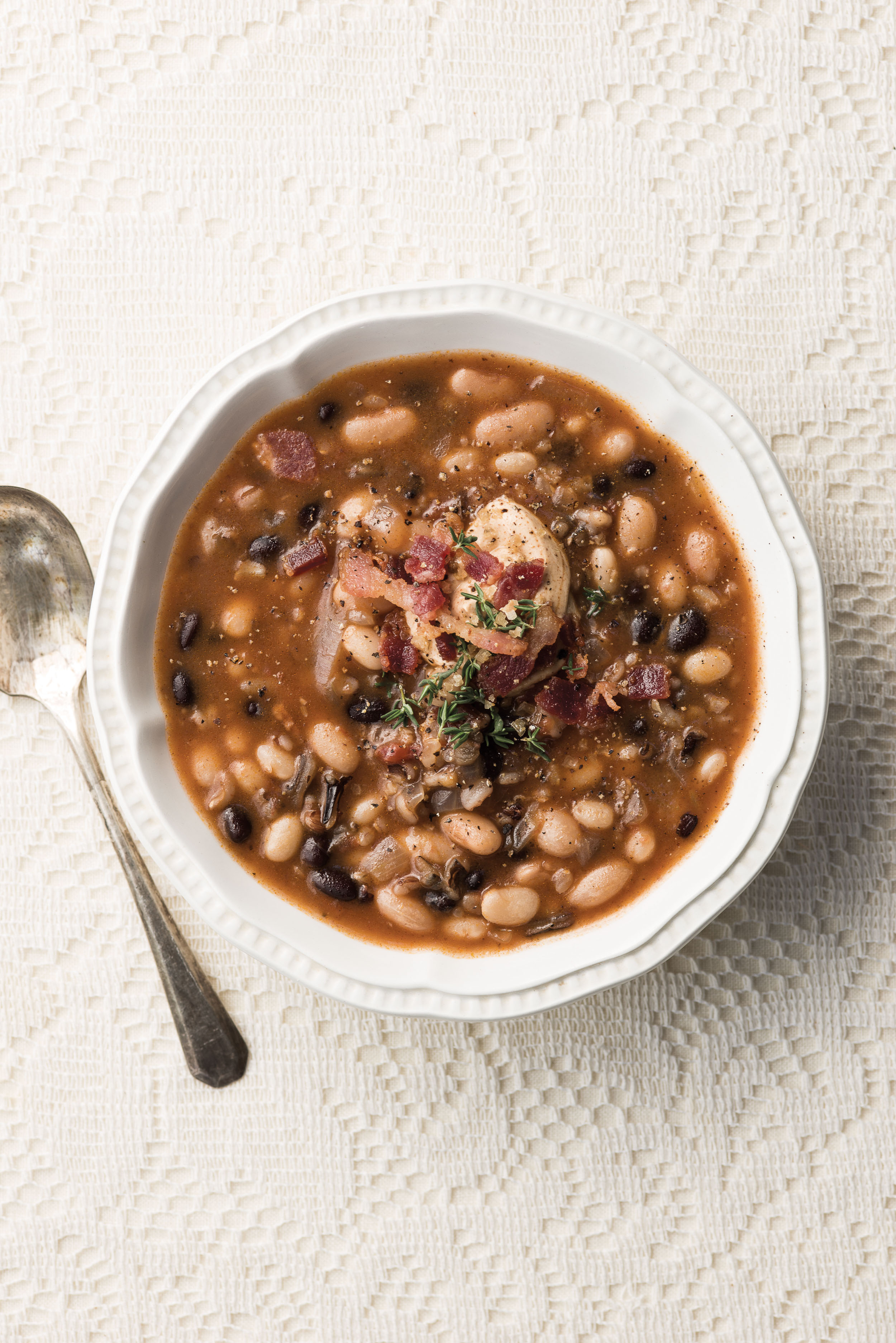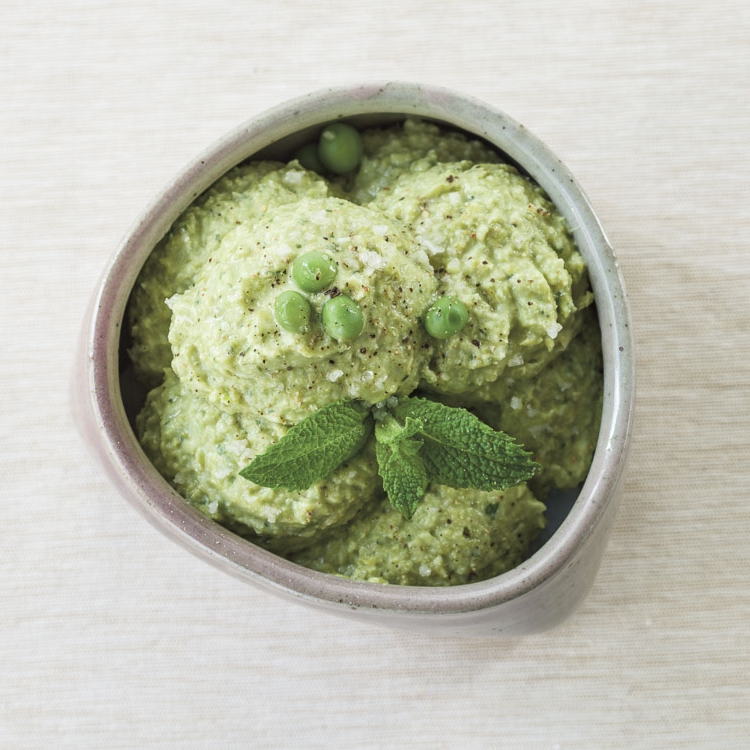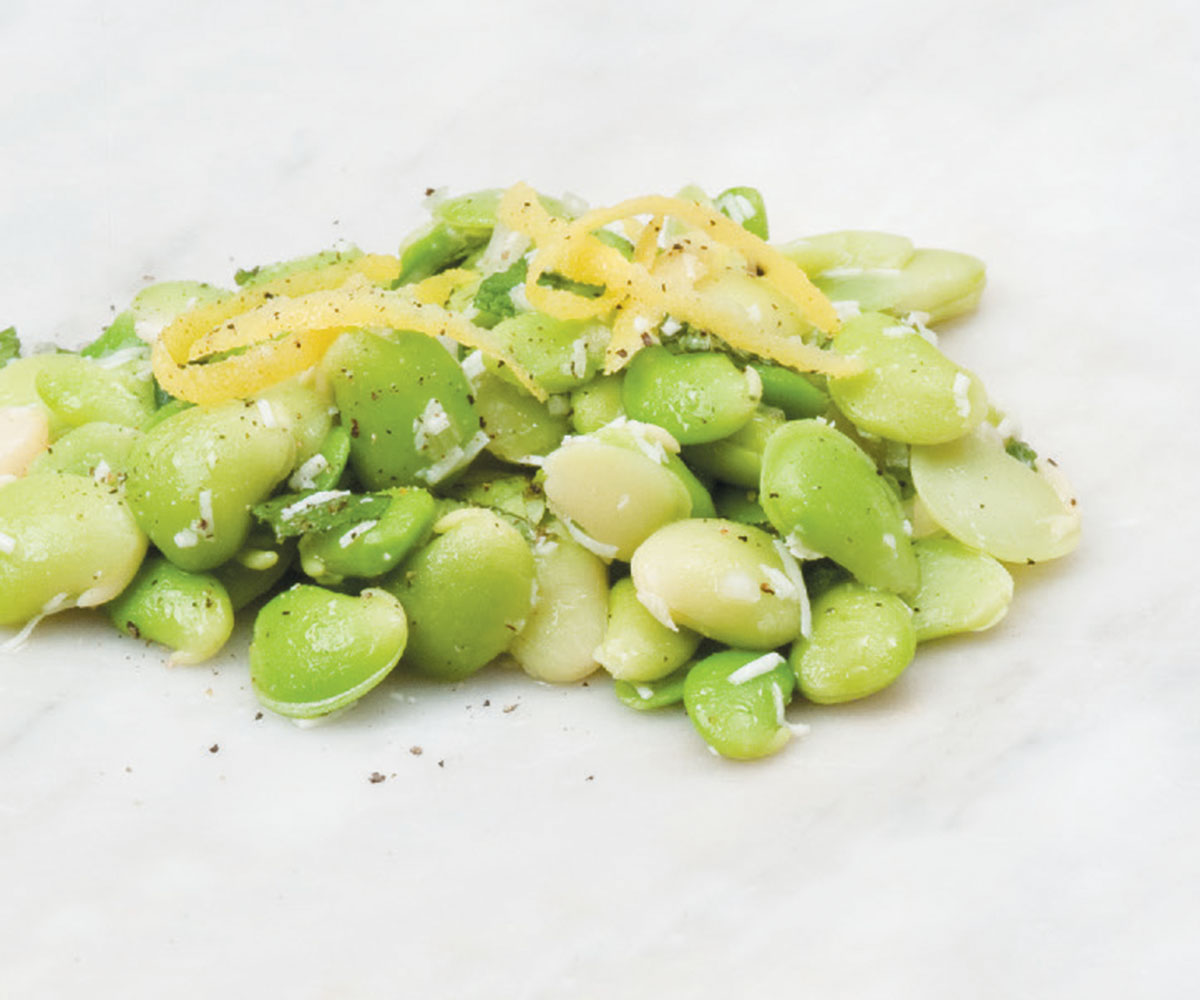Save the Beans
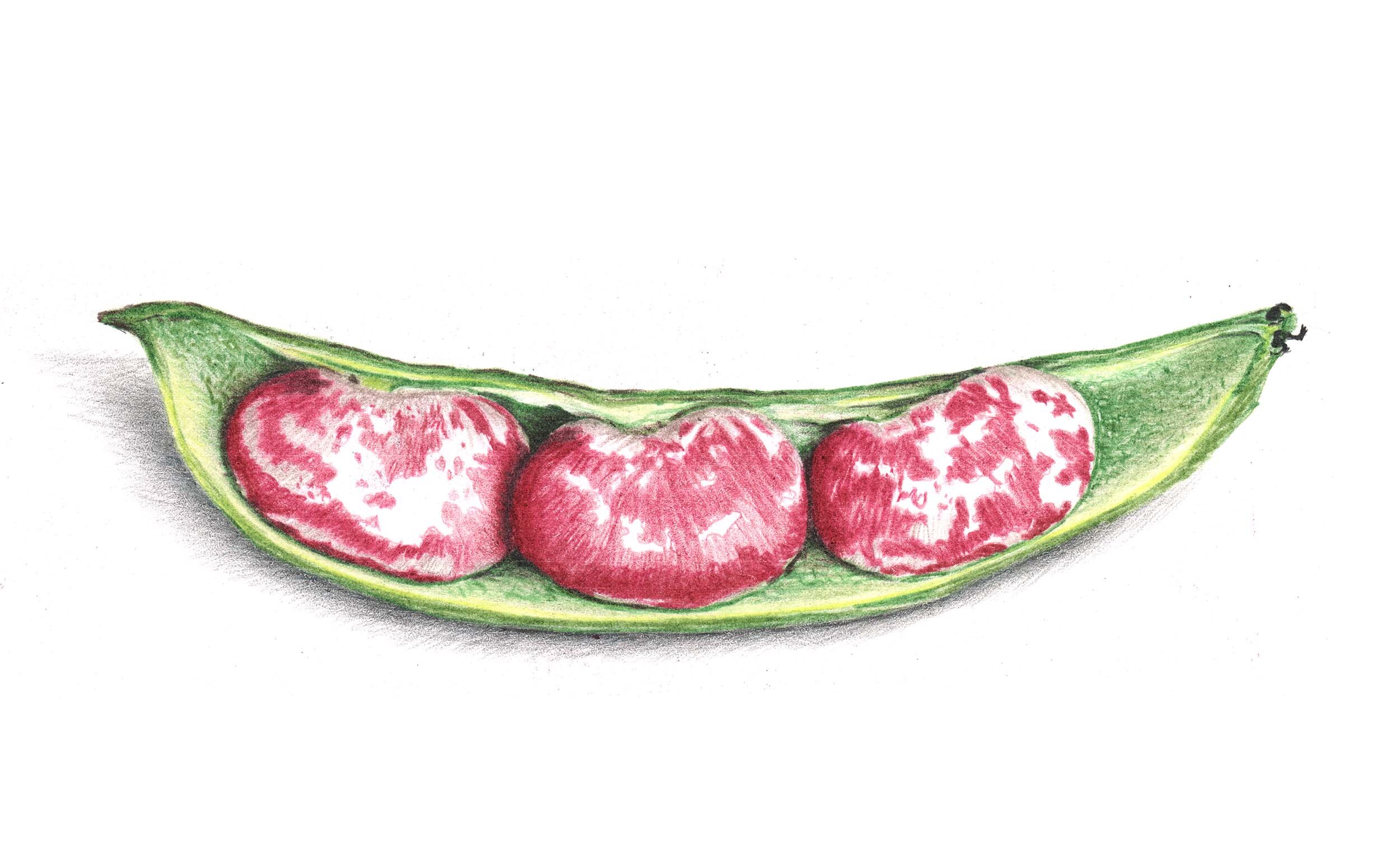
In every genre, there are the super-stars. The realm of culinary pleasures is no exception. Black truffles (a fungus that grows near oak and hazelnut trees) from the Perigord region of France are often the ne plus ultra for those who do a lot of fine dining. Chateau d’Yquem is the belle of the ball for oenophiles, prompting rounds of ecstatic swirling and swishing. Foie gras (engorged goose liver) manages to raise a ruckus wherever it goes, leaving a trail of vegans and animal rights advocates foaming at the mouth with righteous indignation. So, it comes as no surprise that to those aspiring to be “foodies” the humble dried bean is not exactly a hot commodity. Why is that?
Personally, I think beans and legumes get left behind because they’re shelf stable. Like most pantry staples, its easy to push the dried bean aside in the rush to use more perishable ingredients. They don’t carry a hefty price tag that demands a black American Express card and they are rarely sealed with gold labels or marketed by their limited batch pedigrees. For the record, People for the Ethical Treatment of Animals is totally down with the bean.
For individuals and families who like to eat locally, dried beans can be a real blessing, in terms of nutrition, value, and lack of perishability. By nature, beans are the legacy that one generation of plants leave to ensure the next and in many parts of the world they are also the legacy of that particular culture’s survival. Beans and legumes are a backbone of a variety of cuisines, often starring or at least playing a best supporting role.
Try to order a bowl of chili in this country (outside of Texas) without beans and you might get a dirty look. Southern Indian cuisine, which is traditionally vegetarian, is heavily reliant on chick peas, lentils, and mung beans. Japan’s food culture is indebted to the soybean, which is integral to soy sauce, tofu, miso, noodles, and oil. And can anyone even imagine a Mexican entreé without a side of refried beans or a Middle Eastern menu without a falafel? The French take their lentils so seriously that they have their own variety, Lentils de Puy, a smaller and greener version of the brown lentil, commonly found in our domestic chain grocery stores. Meanwhile, the Italians have regionalized their pasta e fagioli down to zip codes.
So, what is stopping us from embracing the bean instead of the hamburger? Per portion, beans and legumes are considerably cheaper. From a health perspective, they are dense with highly soluble fiber and known to lower the bad cholesterol while often increasing the good. Their high rates of potassium and magnesium help in regulating blood pressure and reduce the risk of stroke. The low glycemic index of beans and legumes allow the body to feel “full” for a longer amount of time, making this sustained energy source a good choice for those trying to lose weight.
Ask most people why they don’t eat a lot of beans — the answer is usually the gas. The discomfort and embarrassment of flatulence is all too real, especially with old or canned beans. The fermentation of the oligosaccharide (a kind of sugar) in the lower intestinal tract usually leads to the dreaded outbursts. Long soaking times and gentle and sustained heat (think multiple hours of cooking) help break down the sugar before consumption. When in doubt, buy dried beans guaranteed to be no older than a year from harvest and put a pot on to simmer, slow and low.
Varieties such as Jacobs Cattle, Hutterite, Tiger’s Eye, Calypso, Light Kidney, and Black Turtle Beans, are available at farmers markets locally and often show up on the menus at Bouquet Wine Bar (Covington) and Metropole at the 21c Hotel (Downtown Cincinnati). Carriage House Farm has been chasing the Black Turtle bean. Owner Richard Stewart explained that he had struggled to grow them in a flood plain previously, “We have a new site with decreased weed pressure, which should allow for higher levels of cultivation.” Stewart plans to have future harvests available through retail locations or on their new website.
Shagbark Mill in Athens, Ohio also sells domestically sourced heirloom beans. The Berea College Farm in Berea, Kentucky is a large supplier of local foods, including beans, to the college and the surrounding community.
A professor emeritus from Berea, Bill Best, founded the Sustainable Mountain Agriculture Center, which sells seeds for growing your own beans. Berea College Farm is also working with seed saver co-op Southern Exposure Seed Exchange in Virginia. Seed saving not only provides an additional stream of revenue for the college but also an educational opportunity for the student farmers in sustainable agriculture.
While not technically local, the heirloom beans from Steve Sando’s Rancho Gordo in Napa Valley are available locally at Findlay Market and Dorothy Lane Markets. Sando, a veritable prophet of New World heirloom produce, is also a vocal advocate for seed saving. Visit his website for more information on the produce, herbs, and spices that are native to this continent. Check out his book Heirloom Beans: Recipes from Rancho Gordo for creative ideas and recipes that embrace global flavors.
In the meantime, explore some of our favorite recipes revolving around beans...


